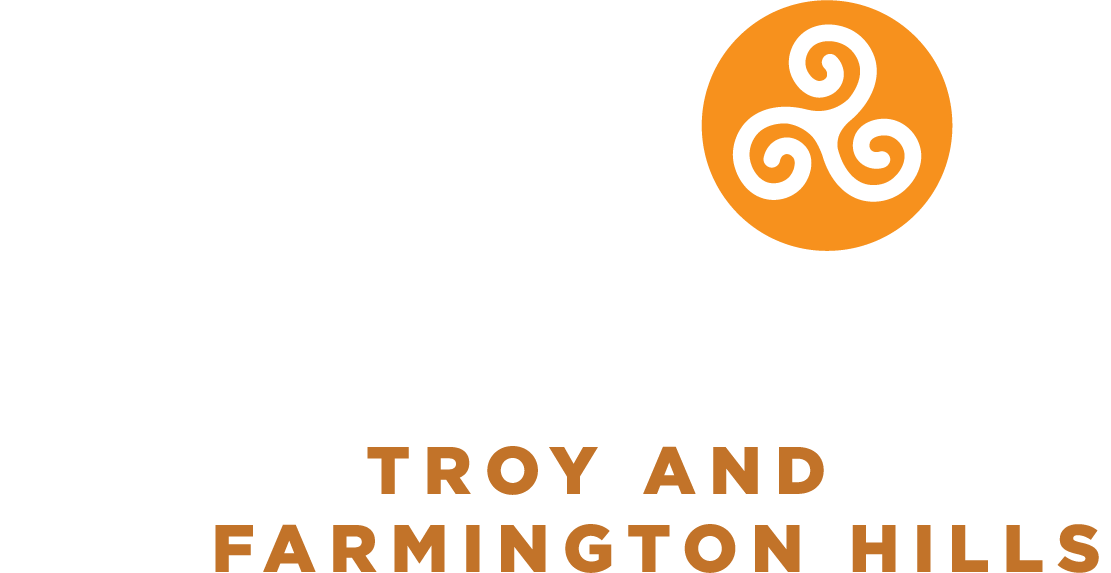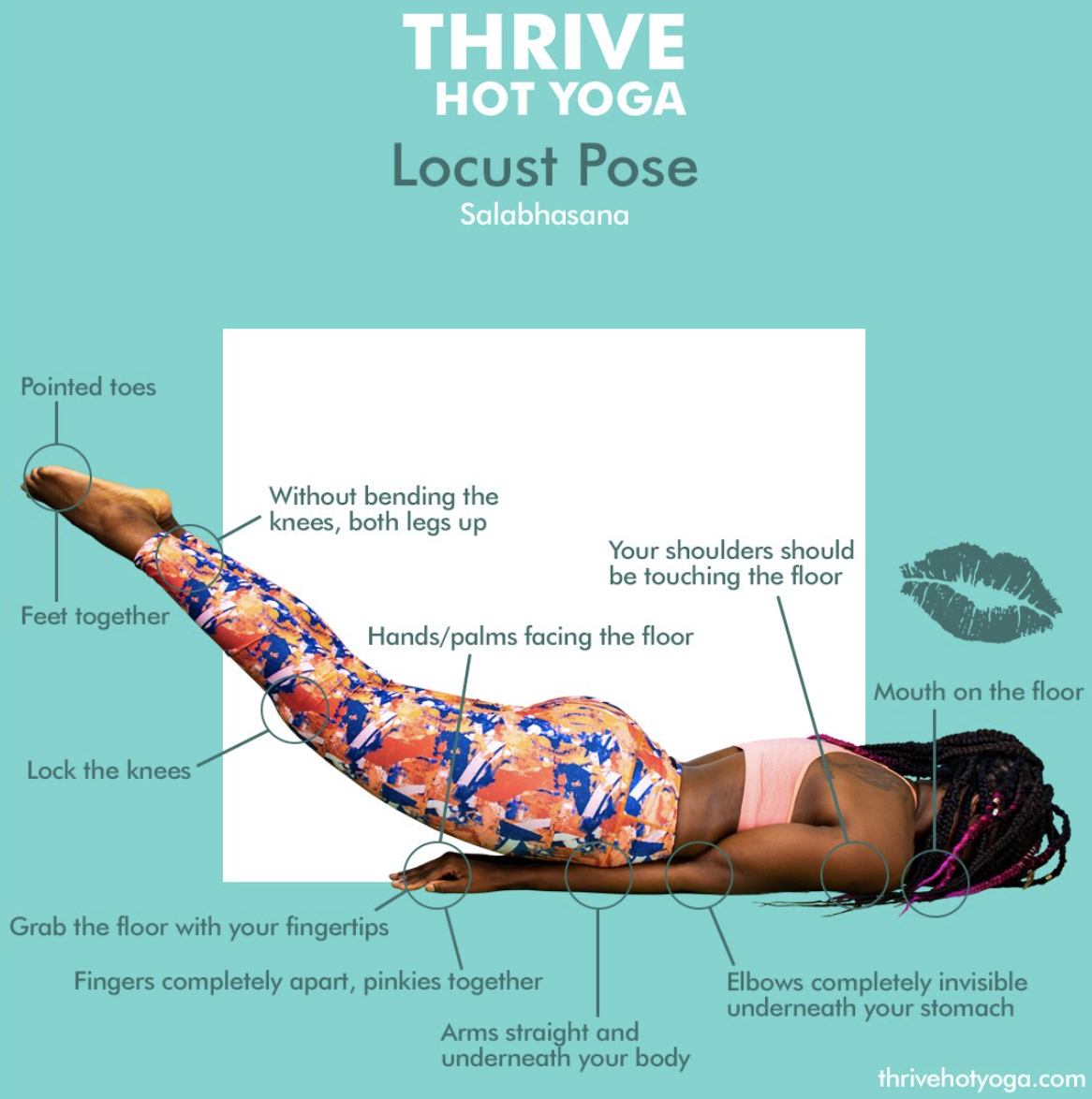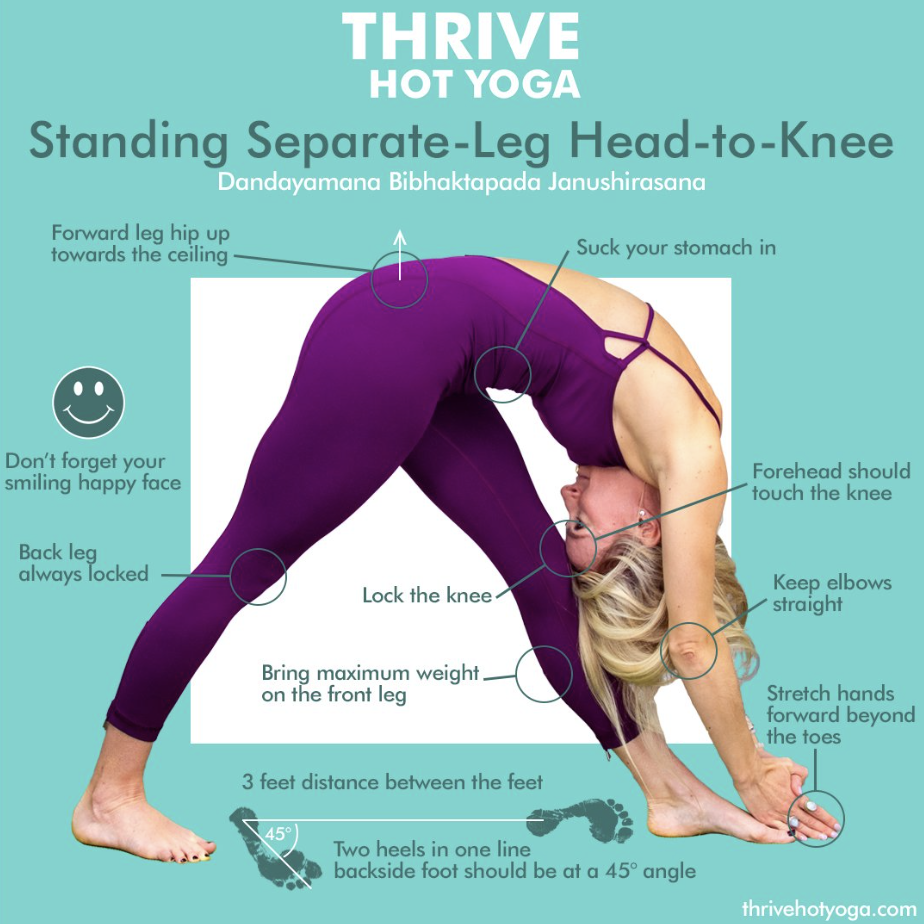The Importance of Prioritizing Form Over Depth
Why proper alignment is the key
to unlocking the full benefits of your practice.
Have you ever felt like you were more flexible when you first started your yoga than you are now?
For example, maybe you felt good about the depth of your first Half-Moon, only to notice that your body doesn’t seem to bend as far after a few months of consistent practice.
While it might be frustrating to think you are going backward in your practice—it is not uncommon—and it is likely a good thing!
Here’s why.
As you start to practice with more awareness, you also start to focus more on your alignment. The body may seem not to be moving as deeply into certain postures. Still, proper alignment is better than greater depth—even if the outer appearance isn’t so dramatic.
For instance, going back to our Half-Moon example, as we get both hips and shoulders in alignment, it may not look as if we are not bending as far—but when you open the shoulders, you release tightness and tension—and the stretch along the side of the body is more profound.
Many practitioners think that increased flexibility is the goal of a yoga practice. And, certainly, most people gain suppleness in their bodies with regular practice. However, a yoga asana practice is really about bringing our bodies, minds, and hearts into balance. Being overly flexible is not a balanced state for the body. Without the strength to support it, too much flexibility, can lead to injury. Likewise, the tightness that can occur with excessive strength can also put the body into a state of imbalance. The goal should be to practice with a balanced mind, not seeking more expansive outward expressions of the postures nor avoiding them.
When we take this balanced approach, it helps us let go of our ego, opens us up to growth, and allows us to tune in to our capabilities at the moment—which can change from day to day and class to class—depending on how our body is feeling and our state of mind. That is the beauty of yoga. And this is how we practice with integrity: finding the form and alignment to the best of our ability on any given day and allowing the depth to unfold in its own time. Many people are racing to get more flexible or “advance” further in postures. It’s not a race.
The best results from yoga come from patience, perseverance, and practicing with integrity.
Most of us have developed habits and patterns that have led to imbalances over the years, so it can take years to unwind them. And that's ok! How your body shows up today is perfect because it can’t show up any other way. When we push and force ourselves, we dishonor our body’s needs and risk injury.
Something I see a lot is in Standing Head-to-Knee Pose; people often want to kick their upper leg forward without the foundation of a strongly rooted and engaged standing leg and a locked knee. When this happens, the posture is never really practiced— when we jump ahead, thinking that deeper is better, we miss the essence of the posture. There is no rush— because there is no end to the refinements we can make in our hot yoga practice.
Always remember that alignment does not necessarily mean a rigid set of rules to make everyone conform to the structure of the poses. Rather, each posture in the practice has its own alignment principles that guide each practitioner into their unique expressions of the postures. What is important is that we are engaging the proper muscles to support ourselves and to keep the joints in structural alignment.
The argument could be made that form is depth.
In the case of our Half-Moon Pose. if, when we practice, we root through the feet, engage the quads, keep both hips in alignment, engage the abs, and keep both shoulders in the same plane while lengthening through the arms, we will have a strong and well-aligned posture. From person to person, this posture will look different. Some people will look like they are bending deeply, others not so much. Some people can get their arms behind their ears, while others won’t. Each of us brings the yoga postures to life in our own way— we all have different genetics and life experiences that will lead to postures that are as unique as we are.
When we can let go of any ideas or concepts that we need to go “deeper,” we begin to understand that the postures can’t exist outside of the individuals who practice them. We give them form with our bodies and apply the alignment principles to that form. Being ourselves is enough.
Unlock Your Full Potential. Practice is the key to perfecting your form—schedule your next class now. Haven’t been to the studio in over 12 months? Be sure to check out our new student special!
If you’re ready to take action—subscribe to our newsletter here and never miss another Thrive post.
As a thank you for subscribing, we’ll send you 3 challenges that will help you get started on getting into the best shape of your life no matter what your age is.





